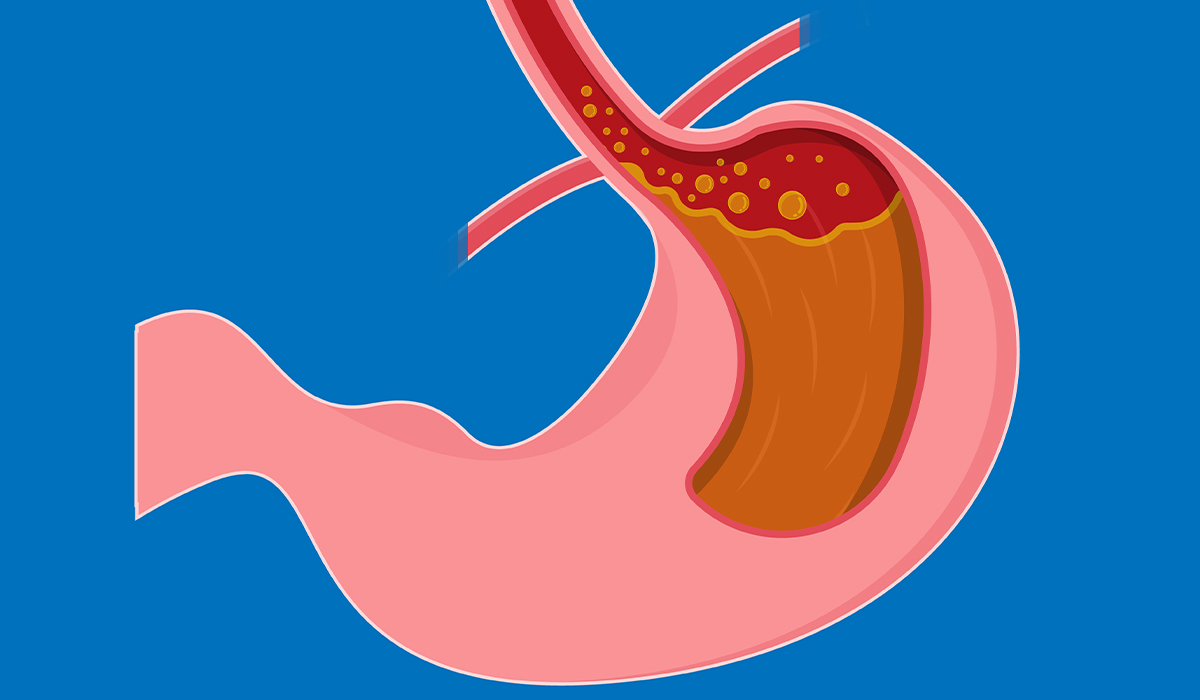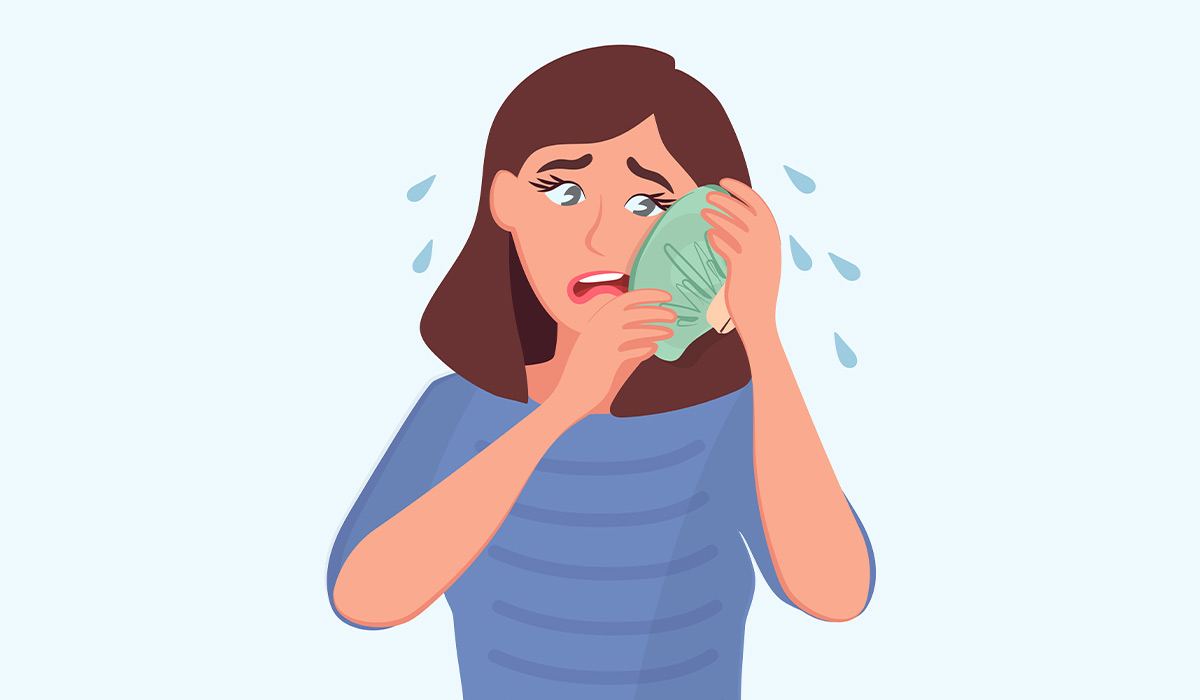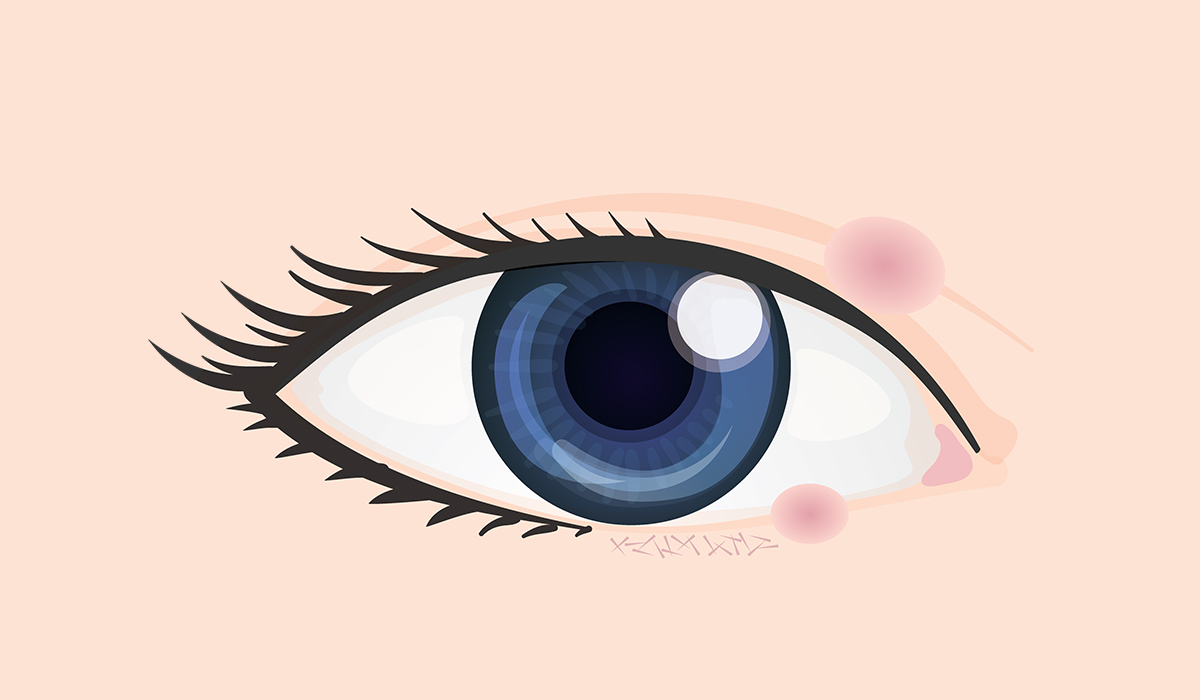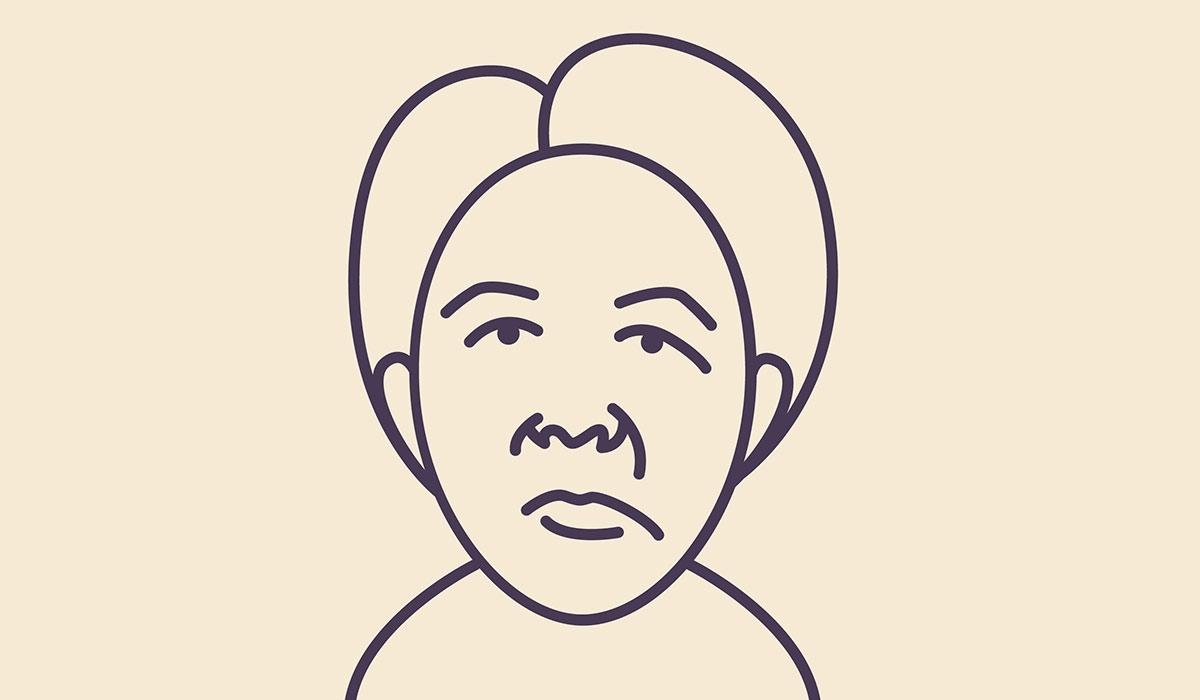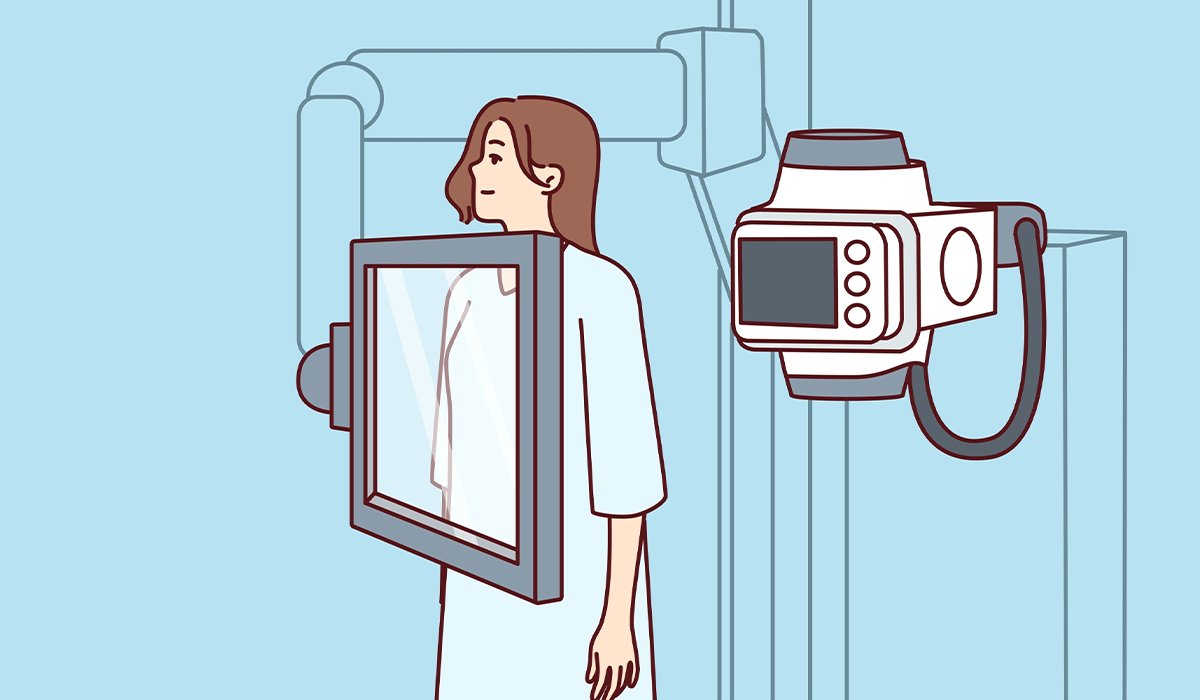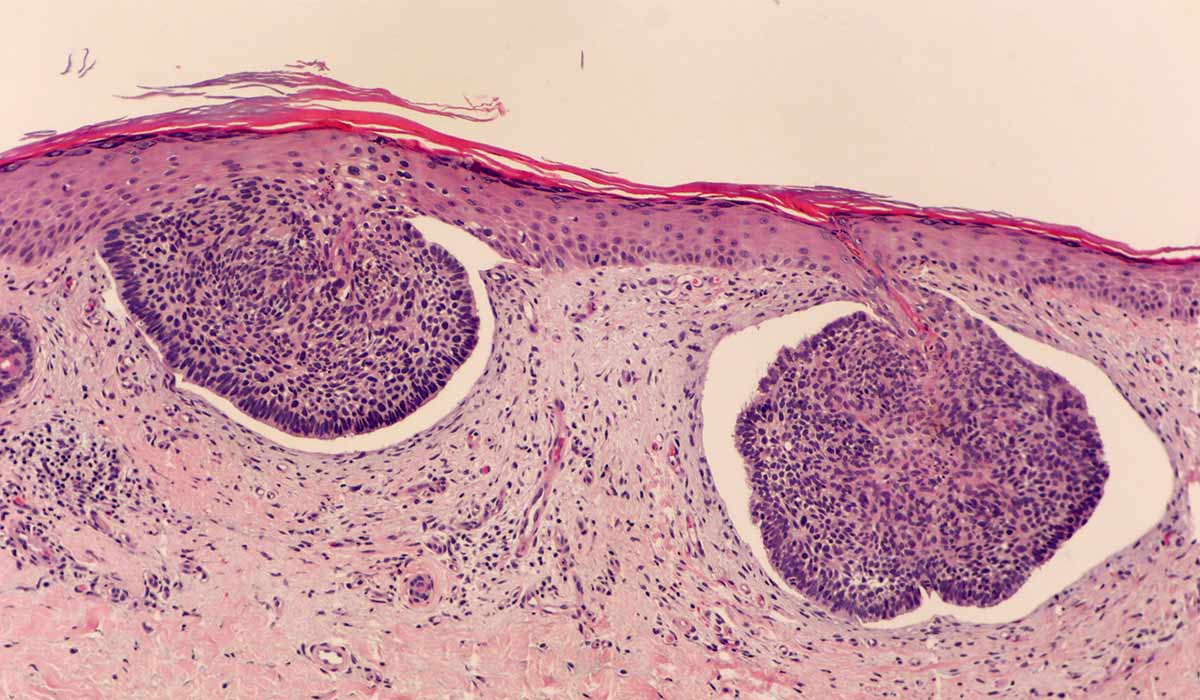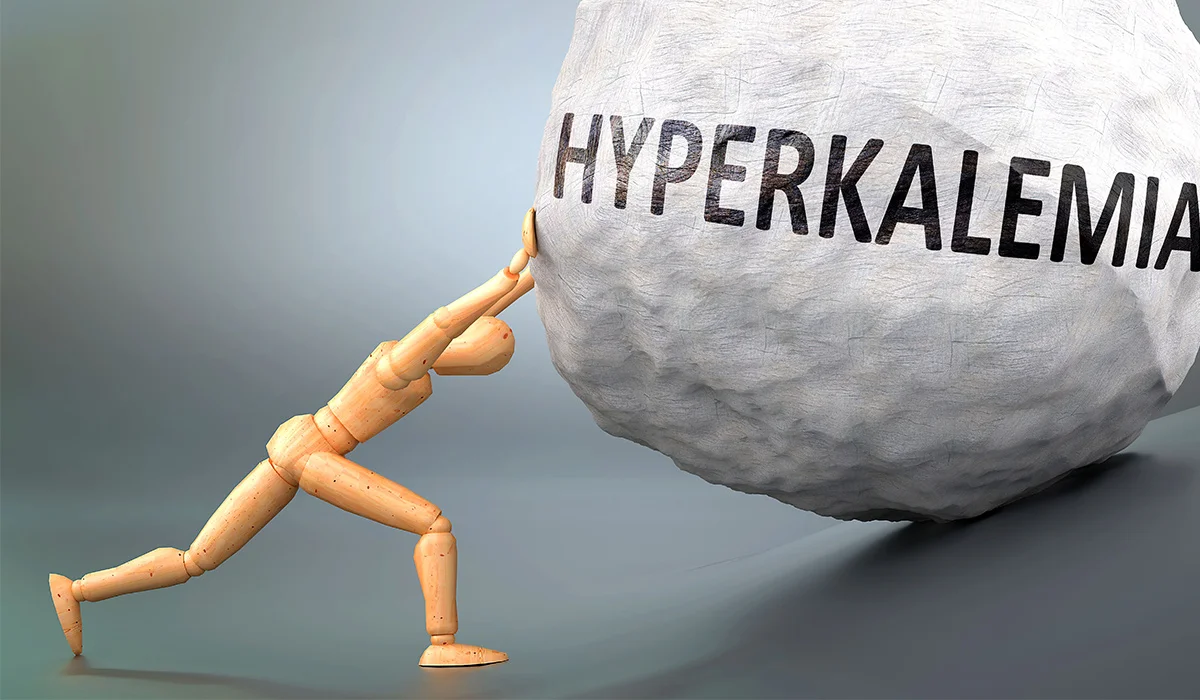The term “light therapy” refers to various types of exposure to lamps that generate infrared, visible, and ultraviolet radiation. However, ultraviolet radiation’s effect on the body fundamentally differs from the thermal effect of infrared radiation. The similarities concern the nature of physical (optical) phenomena and some adverse effects, but individual types of treatments may have different therapeutic applications.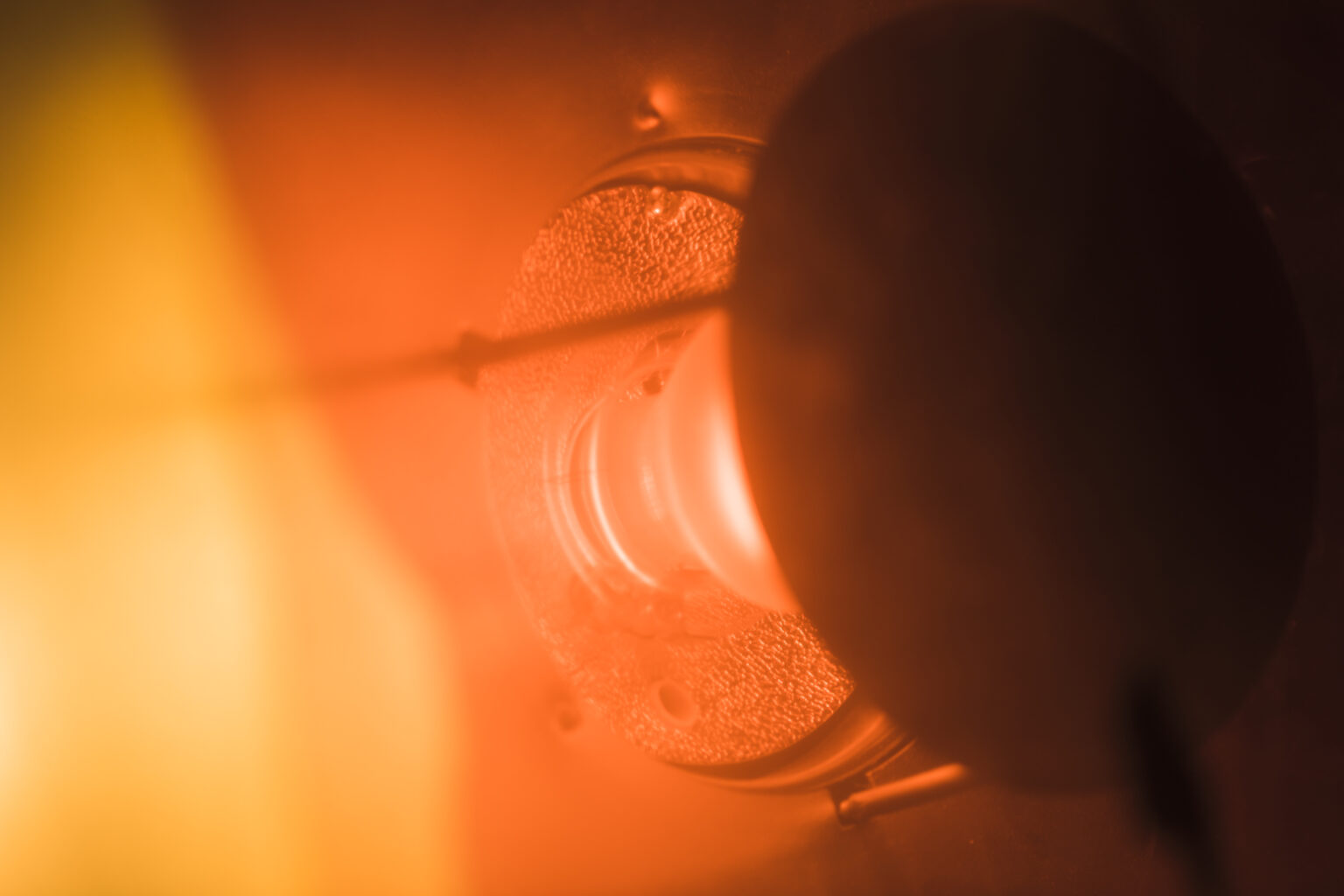
Assumptions
The different types of light therapy treatments abide by the physical properties and laws of optics related to electromagnetic radiation. Therefore, most of the principles, risks, and precautions associated with irradiation are common to all types of light therapy. However, different radiation ranges can lead to distinct physiological effects, resulting in diverse therapeutic applications and specific adverse effects.
Infrared (IR) and visible light therapy work by harnessing the body’s response to heat for therapeutic purposes:
- Producing an analgesic effect
- Reducing muscle tension
- Expediting superficial repair processes (e.g., in chronic inflammation)
- Relaxing tissues
- Improving mood
- Addressing sleep disorders (mainly visible light)
UV therapy (from artificial radiation emitters of various ranges and, to some extent, sun exposure) can cause immediate effects such as photochemical erythema, tanning, thickening of the epidermis, cell DNA damage, and initiation of vitamin D production. It can also lead to delayed effects, including preventing rickets or bone decalcification, skin aging, and the development of skin cancers. Current therapeutic applications include treating certain dermatological conditions (e.g., psoriasis, vitiligo) and pressure sores.
Laser therapy is anticipated to accelerate and optimize wound and ulcer healing and scar formation, provide anti-inflammatory and analgesic effects, and speed up bone fracture healing and bone union. It treats various diseases, dysfunctions, and pathological conditions to achieve these therapeutic effects.
Heliotherapy
The most natural and accessible light therapy is heliotherapy, i.e., exposure to sunlight. If you take precautions and sunbathe sensibly, you can count on many benefits – sunbathing, thanks to its effects in the form of a photochemical reaction and thermal erythema, supports, among other things, the production of vitamin D. It is essential for the proper functioning of the skeletal system, both in children and adults. Heliotherapy also has an antidepressant effect, supports metabolism, and increases immunity.
Infrared IR Radiation
Another form of therapy using light is exposure using a Sollux lamp. The infrared it generates is characterized by a strong thermal effect; it warms up strongly. It is often used in diseases associated with stiffness of the joints and muscles. Using a blue filter, the lamp’s properties can be slightly altered to have an anti-inflammatory effect, which is beneficial for sinus conditions and Bell’s facial nerve palsy. Laser probes, scanners, and shower probes are also utilized in this form of therapy.
UV Ultraviolet Radiation
Light therapy also includes using quartz lamps that emit UV ultraviolet radiation, bioptron lamps that emit polarized light, and applicators and devices for LED therapy. The market has recently seen the possibility of performing treatments using a light lamp designed for polarized light therapy.
Types Of Treatments
Light therapy in cosmetology and physical therapy involves local exposure to light rays. The treatment approach depends on the type of lamp or light source used.
Laser Therapy
Laser therapy directly treats the area by placing the probe tip on the skin surface. This method minimizes energy loss and maximizes radiation absorption. In cases where laser therapy is contraindicated, a non-contact method is applied by exposing the treated area to the treatment from a certain distance.
LED Therapy
LED therapy is typically combined with a bath, magnetic field usage, or during a stay in a salt cave. It does not require eye protection, and the procedure can last long without causing any adverse effects.
Quartz Lamp
In the case of a quartz lamp, a physiotherapist should closely supervise the procedure. The duration ranges from several seconds to 10 minutes. During this time, the patient remains in a specially designated room, wearing protective glasses that block UV rays and expose the body part to irradiation. This procedure is designed for individuals with acne, psoriasis, skin infections, or bedsores.
Phototherapy At Home
Modern phototherapy lamps are small, easy, and safe to use. Therefore, light therapy can be conducted at home, independently, or with the help of loved ones, provided that the attending physician allows it. The specialist should also determine what type of device will be appropriate for a given condition.
For example, lamps emitting blue light are used to irradiate the retina and are primarily used to treat seasonal depression, often as part of monotherapy, i.e., as the only treatment, without the need for pharmacological support.
Indications
Indications for light therapy using lamps include:
- Skin infections and diseases
- Musculoskeletal pain syndromes
- Difficult healing of wounds and bedsores
- Muscle contractures
- Circulation disorders
- Migraine headaches
- Neuralgia
- Gastrointestinal diseases
- Some mental illnesses
- Scar therapy
- States of tension and stress
Well-Being
Exposure to additional light helps regulate the body’s internal biological clock, stabilizing the secretion of melatonin. A psychiatrist determines the appropriate light intensity for a specific patient, measured in lux. The higher the light intensity, the shorter the exposure time should be. Light therapy is most effective for optimal results when used in the morning and early evening, a few hours before bedtime. The angle of light exposure and the distance of the lamp from the eye are also crucial factors.
A cycle of sessions should be conducted for at least several weeks to ensure long-lasting effects. It’s important to note that the ideal exposure conditions depend on the patient’s individual characteristics. If the therapy doesn’t produce the desired effect, one factor to consider changing is the timing or duration of exposure or the angle of light exposure. Some individuals may not find relief from light therapy.
Sunlight or artificial light with similar parameters is the most powerful external regulator of a person’s internal biological rhythms, such as wakefulness-sleep cycles, daily fluctuations in body temperature, and circadian rhythm of hormone secretion. When these rhythms are disrupted, it can lead to illness. Bright light therapy restores health by synchronizing internal biological rhythms.
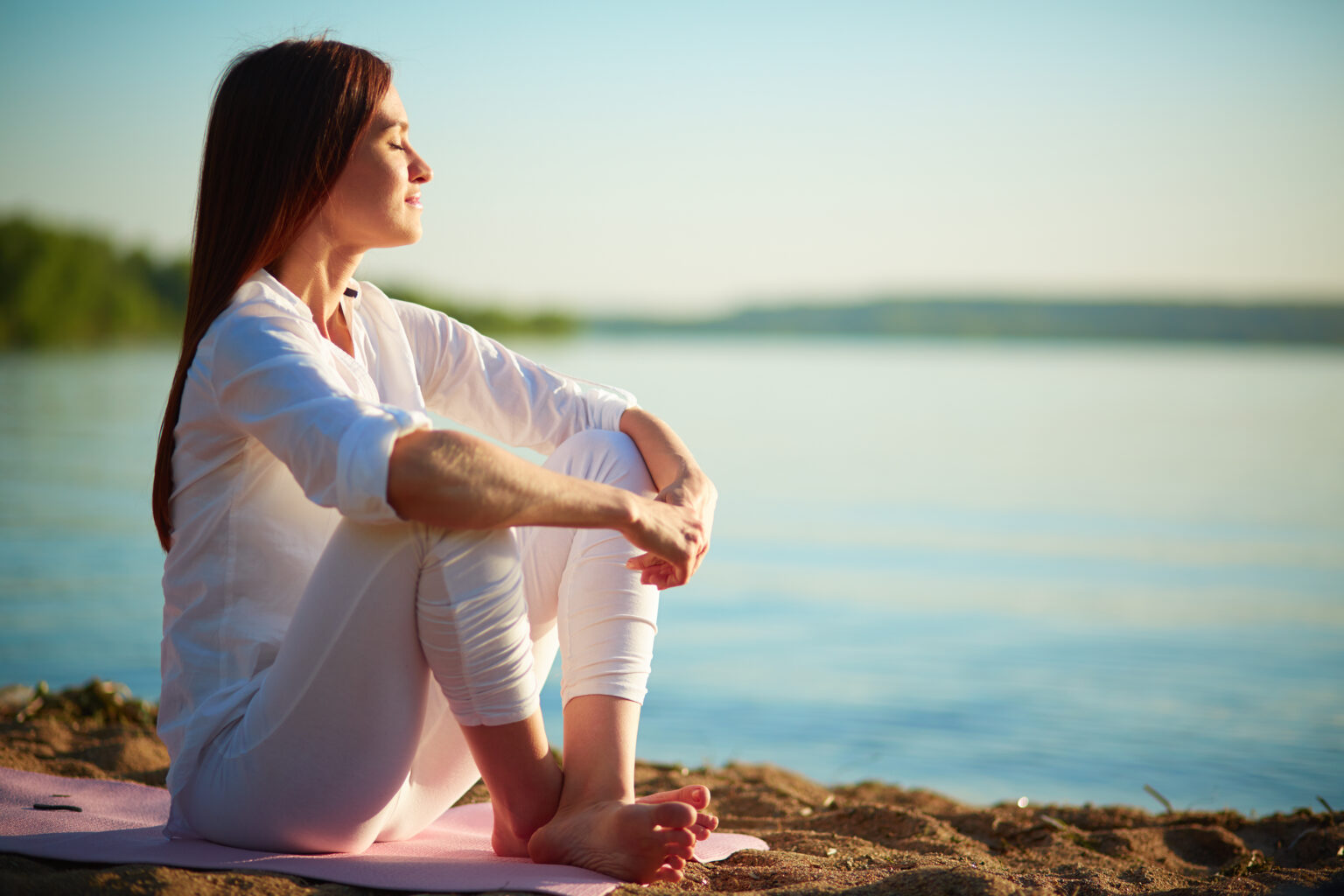
How Does A Phototherapy Procedure Work?
Patients should sit about half a meter before the lamp and engage in activities while looking into the light occasionally. Light therapy should commence at the onset of seasonal depression symptoms or, if not present, a week before the transition from summer to winter time. It is effective in about 80 percent of cases and brings prompt relief. Within a few days of use, individuals typically experience improved mood, reduced drowsiness, and stabilized appetite. Using a medical antidepressant lamp for light therapy is convenient as it can be used at home. It is painless and does not pose the risk of skin burns due to the absence of ultraviolet radiation.
Any unwanted symptoms, such as eye irritation or headaches, occasionally occur but can be alleviated by reducing exposure time and increasing the distance from the light source. Light therapy is the preferred method for treating disorders of internal biological rhythms. It is a recognized form of treatment for diseases caused by disruptions in human biological rhythms in many European countries and the United States. These include:
- Winter depression
- Sleep disorders related to delayed bedtime (falling asleep too late and waking up too late)
- Sleep disorders related to accelerated bedtime (falling asleep too early and waking up too early)
- Sleep disorders caused by shift work
- “Jet lag” syndrome (when changing time zones quickly)
In all such cases, regular use of light therapy results in the disappearance of symptoms.
Winter Depression
Patients with winter depression (seasonal affective disorder – SAD) in the autumn-winter season suffer from:
- Reduced activity
- Sadness
- Excessive sleepiness
- Increased carbohydrate consumption
- Weight gain
Light therapy using an antidepressant medical lamp will help combat the above ailments. Using such a lamp improves well-being and work efficiency. The bright light of the lamp gives more joy in life. If used early enough, some diseases and health disorders will not occur.
Neonatal Phototherapy
Neonatal phototherapy is a special procedure used for babies with physiological jaundice when the symptoms are intense, and there is a risk of severe hyperbilirubinemia.
Physiological jaundice is a common and natural condition characterized by yellowing of the skin and eyes due to increased bilirubin levels. In most cases, this type of jaundice is harmless and temporary and does not require treatment.
Pathological conditions that may be the basis for deciding on phototherapy include:
- Bilirubin concentration in breastfed newborns above 17 mg/dl (290.7 µm/l)
- Bilirubin concentration in formula-fed newborns above 15 mg/dl (256.5 µm/l)
Phototherapy in a newborn leads to the breakdown of unconjugated bilirubin molecules into water-soluble substances, which facilitates its removal with bile. In this case, the child’s body, not the eyes, is exposed to light. The eyes should be covered to avoid damage to the retina.
Possible side effects of phototherapy in a newborn include diarrhea, dehydration, electrolyte disorders, and skin rash.
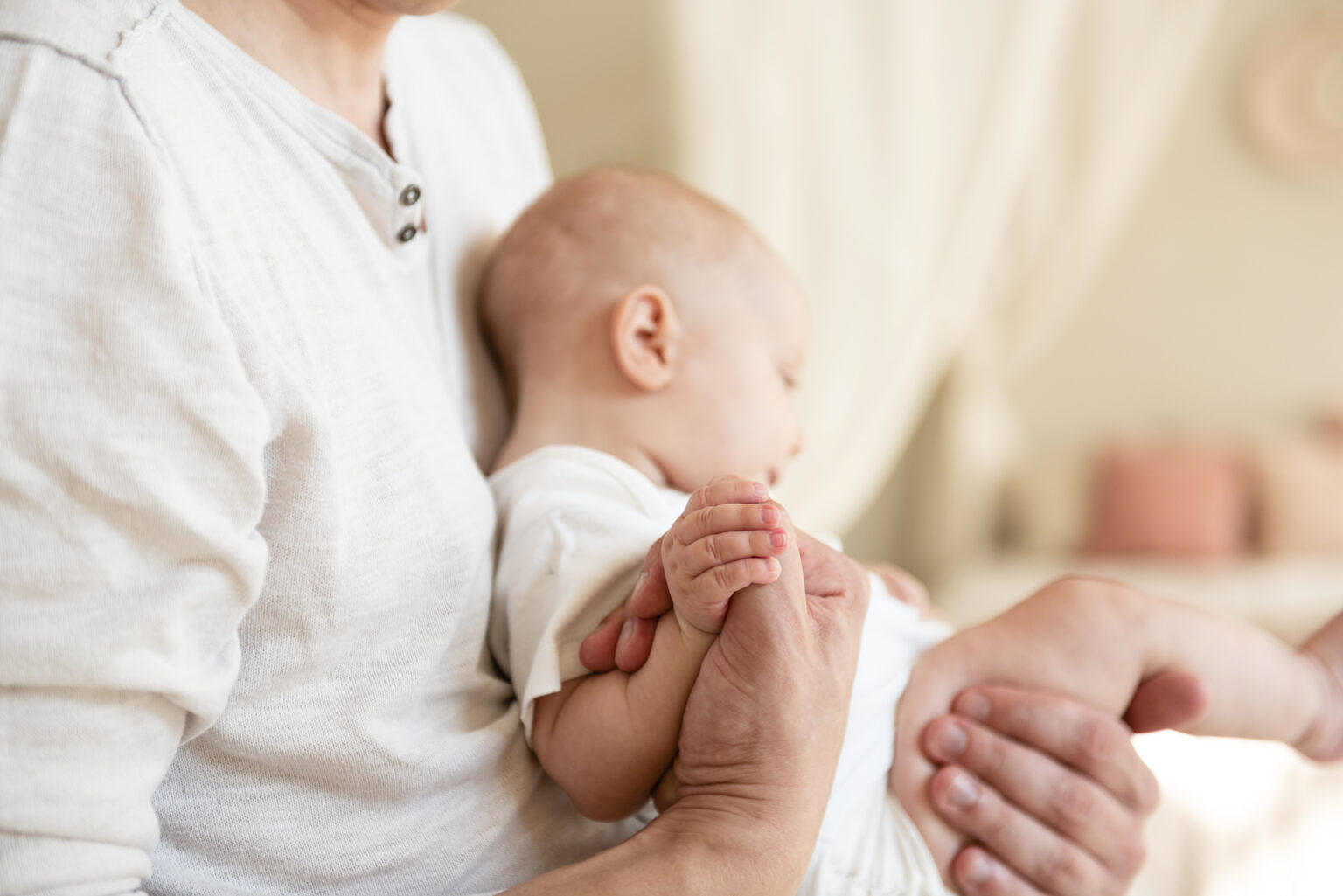
Advantages
Advantages of phototherapy with medical antidepressant lamps:
- Prevents winter depression
- Removes bad mood and apathy
- Removes feelings of sadness and anxiety
- Helps fight insomnia
- Helps fight periodic bulimia
- Relieves symptoms of premenstrual syndrome
- Is cheaper than pharmacotherapy
- Is safe, and can be used even in pregnant and breastfeeding women
- Does not cause side effects
Contradictions
In turn, contraindications to light therapy include:
- Increased sensitivity to light
- Use of photosensitizing drugs
- Cancer
- Pregnancy
- Viral and bacterial diseases
- Fever
- Some heart defects
- Some metabolic diseases, such as hypothyroidism and hyperthyroidism
- Thrombosis
- Atherosclerosis
- Condition after recent radiotherapy
Before starting any light treatment, a consultation with a specialist is required to ensure proper qualification and avoid the risk of unpleasant complications.
Effects
The most common results of light therapy in scientific research include:
- Improved circulation
- Accelerated metabolism
- Stimulation of cell division
- Stimulation of the lymphatic system
- Anti-inflammatory effect
- Improved overall skin appearance and reduced cellulite
- Optimized the effect of cosmetic preparations applied to the skin
- Reduced muscle tension
- Alleviated symptoms of chronic exposure to stress factors
Sources
- Phototherapy. NIH.
https://www.ncbi.nlm.nih.gov/books/NBK563140/ - Biological effects and medical applications of infrared radiation. NIH.
https://www.ncbi.nlm.nih.gov/pmc/articles/PMC5505738/ - Ultraviolet diagnostic and treatment modalities in the coronavirus disease 2019 pandemic. NIH.
https://www.ncbi.nlm.nih.gov/pmc/articles/PMC7849497/ - Evaluation of Efficacy of Low-Level Laser Therapy. NIH.
https://www.ncbi.nlm.nih.gov/pmc/articles/PMC7736953/ - The long-term efficacy of heliotherapy in ameliorating disease severity and improving the quality of life in patients with atopic dermatitis. NIH.
https://www.ncbi.nlm.nih.gov/pmc/articles/PMC9993203/ - Phototherapy with Light Emitting Diodes. NIH.
https://www.ncbi.nlm.nih.gov/pmc/articles/PMC5843358/ - Visual safety of quartz linear lamps. NIH.
https://pubmed.ncbi.nlm.nih.gov/8317854/ - Treatment indications for light therapy. NIH.
https://pubmed.ncbi.nlm.nih.gov/26965349/ - Effect of Light and Melatonin and other Melatonin Receptor Agonists on Human Circadian Physiology. NIH.
https://www.ncbi.nlm.nih.gov/pmc/articles/PMC4648706/ - Treatment – Seasonal affective disorder (SAD). NHS.
https://www.nhs.uk/mental-health/conditions/seasonal-affective-disorder-sad/treatment/ - Neonatal jaundice: phototherapy. NIH.
https://www.ncbi.nlm.nih.gov/pmc/articles/PMC4440981/ - Contraindications in noninvasive laser therapy: truth and fiction. NIH.
https://pubmed.ncbi.nlm.nih.gov/12513921/
